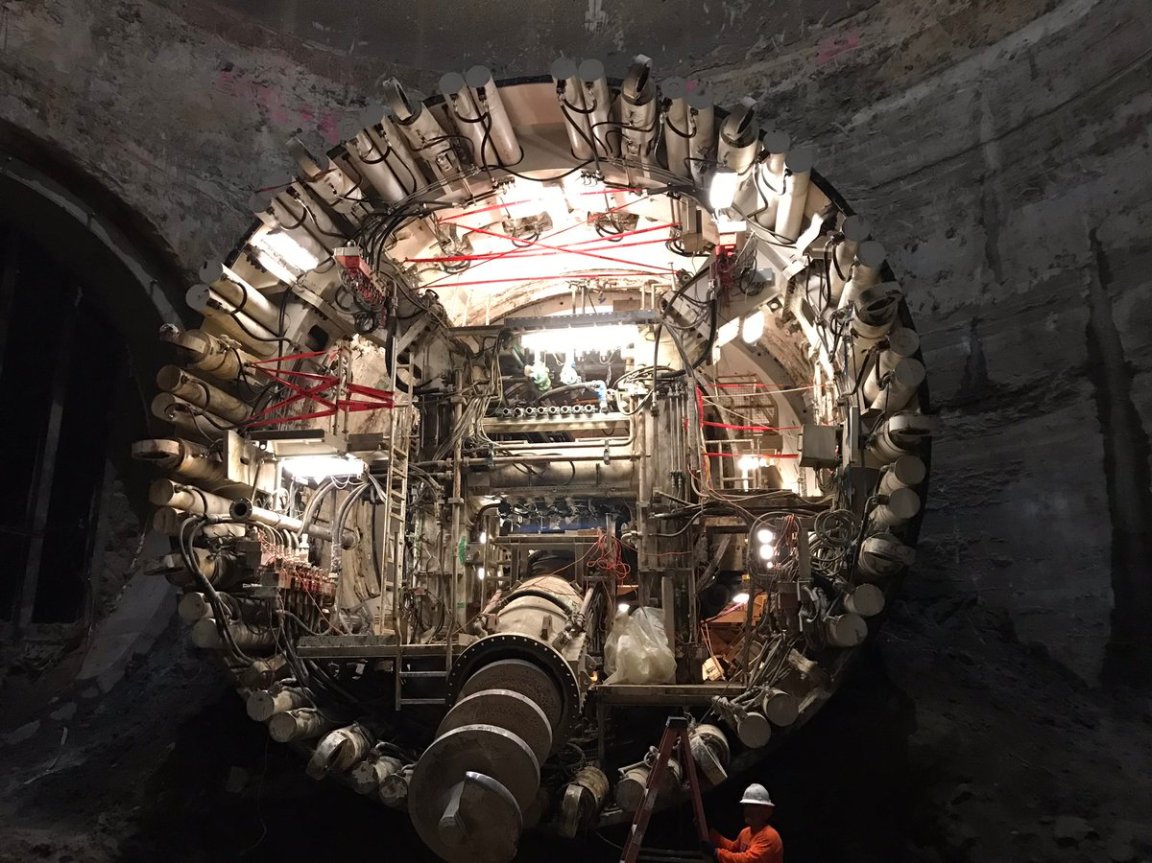
“The Bore-ing Company”
Elon Musk, CEO of Tesla and SpaceX, has been moving quickly on the development of what he calls “The Boring Company.” In January of last year, he presented a proposal at the Hyperloop Pod Competition for a company that would lighten traffic through the use of underground tunnels. One year later, Musk mentioned that construction of a tunnel could begin in Los Angeles by the end of February.
Musk hasn’t fallen short of his promise – his new boring machine began to dig a tunnel as part of a demonstration at SpaceX’s Hyperloop Pod Competition last weekend. Although the machine has only created a mere hole, his team plans to eventually construct a full-fledged tunnel.
Musk hasn’t been too clear about how the tunnel will function, but the Hyperloop could be involved – after, it is supposed to be able to work above or below ground. Musk has, at the very least, not denied the connection:
For those that are curious enough to see what Musks’ boring machine looks like, he released a photo of it on Twitter recently. This might be only one part of a massive machine without the cutting head attached.
Martian Tunnels
Although tunneling machines already exist, Musk’s company would be unique because the machines would make tunneling faster, speeding up the digging process almost tenfold compared to conventional methods. If Musk’s boring machine can make tunneling quicker and easier, underground transit could also become more popular. Tunnels would be a solution to heavy traffic, especially in urban areas, as well as a potential way to bring transportation into buildings.
Musk isn’t exactly serious about creating a separate entity called “The Boring Company.” Thankfully, the project fits into Tesla’s mission to alleviate traffic which, in turn, will reduce fuel consumption and emissions.
His boring machine is also in line with SpaceX’s mission to eventually settle a colony on Mars. It could be used to test the viability of tunnel construction on the Red Planet, creating underground habitats that would protect people from extreme cold, low pressure, and high radiation.